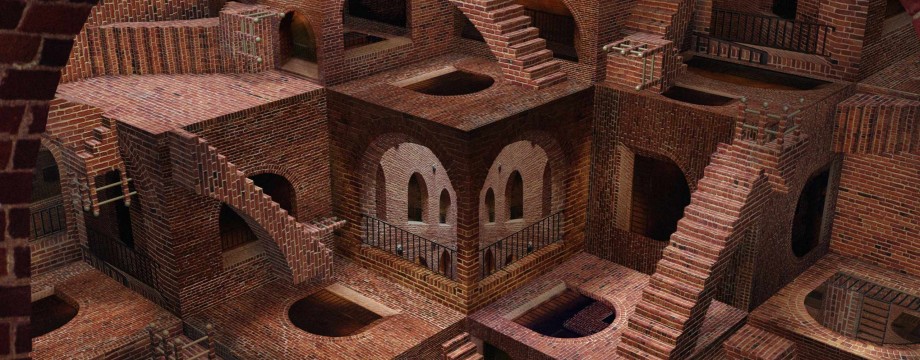With so many educational products and resources using the term “3D” in such diverse ways, some may be asking…
What type of 3D is “stereoscopic 3D” anyway?
To that, I invite the Simpsons family to join us.
These three images capture the differences between 2D, “rendered” 3D and stereopscopic 3D.
2D: The image on the left is traditional Simpsons, two-dimensional animation.
r3D: The middle image is “rendered 3D,” where one sees a two-dimensional image of a three-dimensional object. This type of 3D rendering is used in educational applications like Second Life, Active Worlds or Xtranormal.
s3D: The third image is Stereoscopic 3D, in this case as red-cyan anaglyph. When viewed through 3D glasses, the third image has depth, giving the appearance that the objects are in front of or behind the image plane.
In educational applications, the realistic experience of the s3D objects causes students to feel like they can actually reach out, touch and interact with them. Stereoscopic 3D is currently found in four basic formats – anaglyph (red-cyan), polarized passive (common in movie theaters and with many 3DTVs), active-shutter (used with DLP projectors and many 3DTVs) and autostereoscopic (uses a parallax barrier like the Nintendo 3DS). An explanatory infographic of these formats can be found here: S3D Basics: How 3-D Works.
In the coming weeks, we will begin to examine a wide variety of educational stereoscopic 3D content and software, hardware tools and practical classroom applications, as well as showcases of successful student projects using stereoscopic 3D. I invite you to dive into this journey of teaching and learning “In Depth!”


 award-winning educator and consultant, Nancye Blair Black, and supported with incredible guest blogs and interviews with eS3D experts. We are so glad you are here!
award-winning educator and consultant, Nancye Blair Black, and supported with incredible guest blogs and interviews with eS3D experts. We are so glad you are here!
Recent Comments